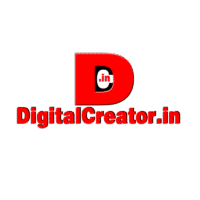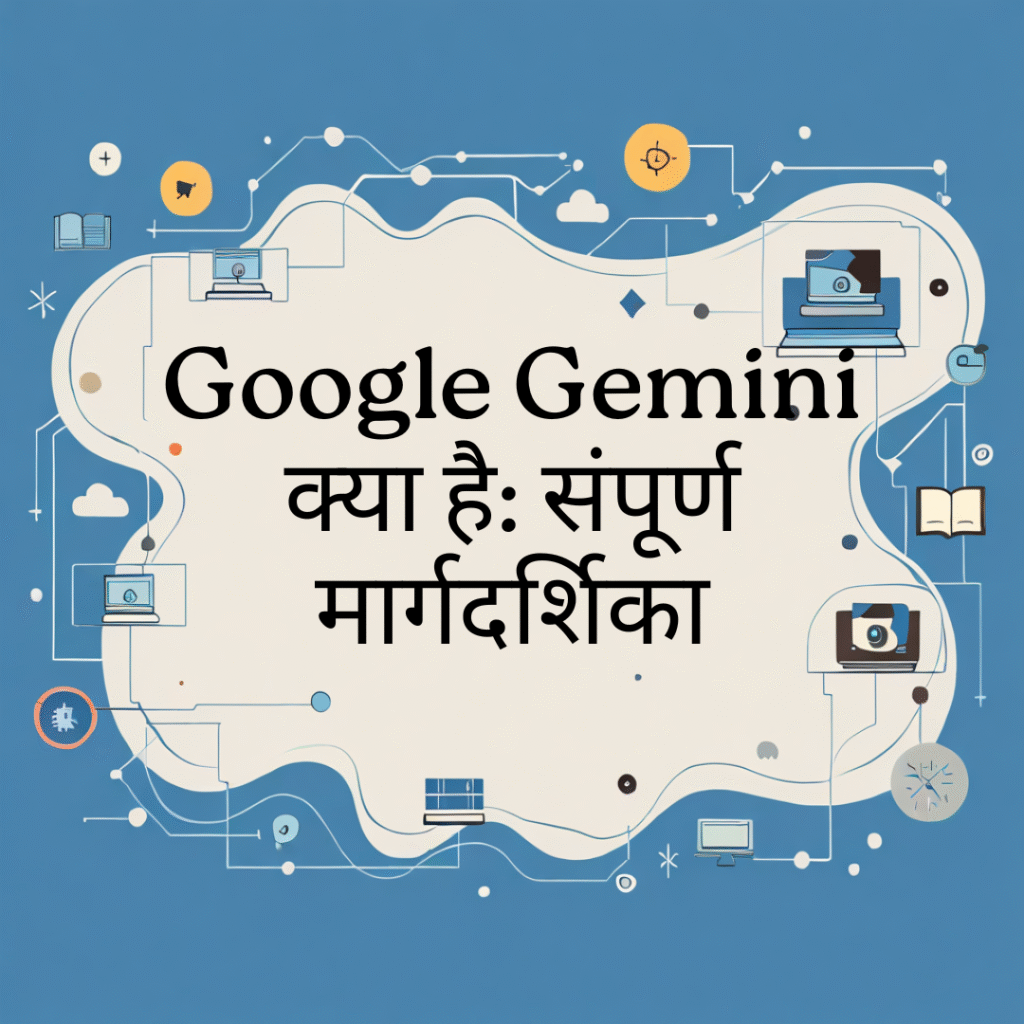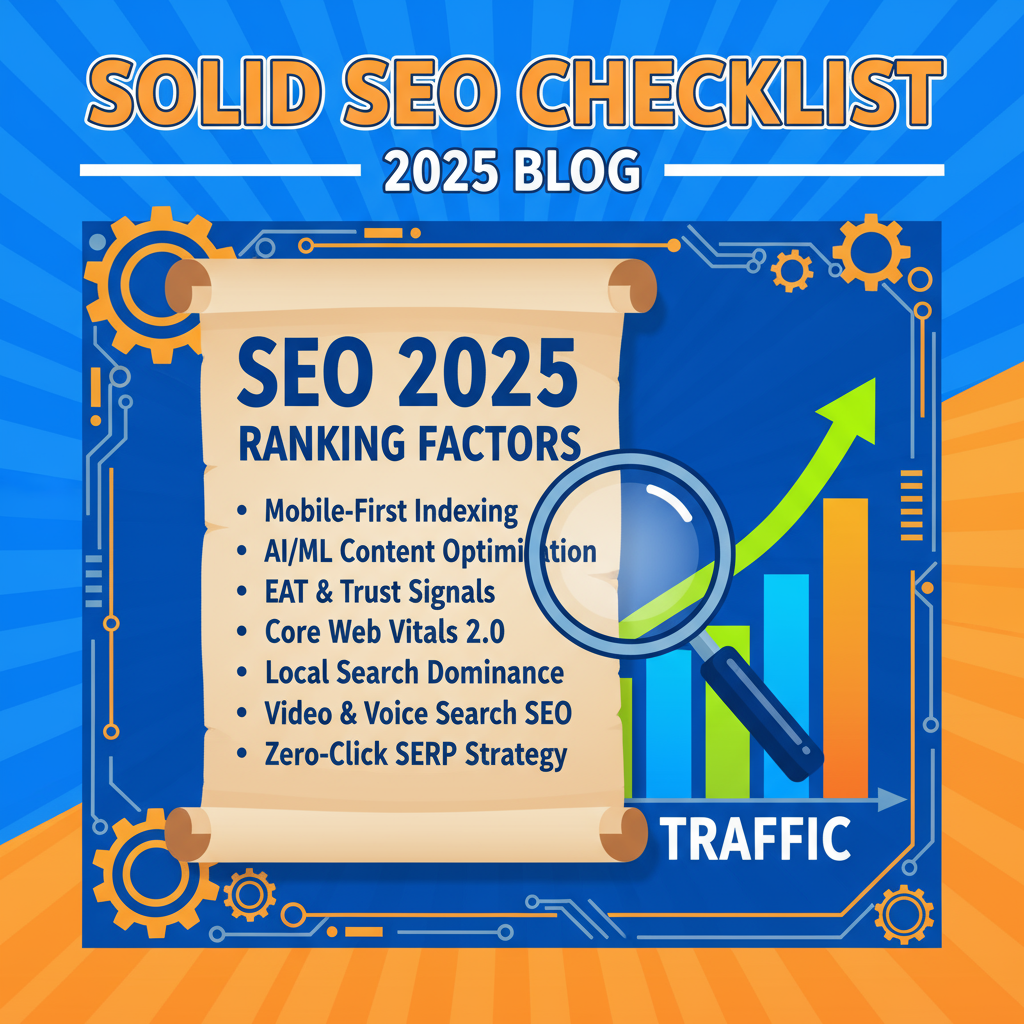
LinkedIn is uniquely positioned as the undisputed advertising platform for B2B (Business-to-Business) marketing, providing unparalleled access to professionals based on specific job titles, company sizes, and industries. While often more expensive than other platforms, the precision of intent-based targeting ensures a higher quality of leads and a stronger return on investment (ROI) for high-value products and services.
This comprehensive guide breaks down the strategy, structure, creative approach, and optimization necessary to turn LinkedIn Ads into a scalable revenue channel.
Index (Table of Contents)
1. The LinkedIn Ads Advantage: Why B2B Cannot Ignore It
1.1. Unique Value Proposition: Intent and Professional Context
1.2. The Core Campaign Structure (Campaign, Ad Group, Ad)
1.3. Key Metrics for B2B Success (CPL, MQL, SQL, Pipeline)
2. Foundation Setup: Establishing the Tracking Pillars
2.1. Setting Up the LinkedIn Campaign Manager
2.2. Installing the LinkedIn Insight Tag (Pixel)
2.3. Conversion Tracking and CRM Integration
3. Advanced Audience Targeting (The Precision Engine)
3.1. Core Targeting: Job Title, Function, Industry, Seniority
3.2. Matched Audiences: Retargeting and Account-Based Marketing (ABM)
3.3. Lookalike Audiences: Scaling Successful Segments
3.4. Optimal Audience Sizing for Performance
4. Choosing the Right Ad Format and Objective
4.1. Campaign Objectives Aligned to the B2B Funnel
4.2. Sponsored Content (Single Image, Video, Carousel, Document)
4.3. Message Ads and Conversation Ads (The Direct Approach)
4.4. Lead Generation Forms: Maximizing On-Platform Conversions
5. Crafting High-Converting Creative and Copy
5.1. The Solution-First Content Mandate
5.2. Ad Copy Structure (Hook, Value Proposition, Urgency)
5.3. Creative Best Practices (Professional Imagery, Aspect Ratios)
6. Budgeting, Bidding, and Optimization Strategies
6.1. Minimum Budgets and the Auction System
6.2. Smart Bidding: Automated vs. Manual Bidding
6.3. Optimizing for Cost Per Qualified Lead (CPQL)
6.4. Frequency Capping and Fighting Ad Fatigue
7. Advanced Scaling and Maintenance
7.1. A/B Testing Frameworks for Campaign Iteration
7.2. Scaling Strategy: Gradual Budget Expansion
7.3. Maintaining High Ad Relevancy Score
1. The LinkedIn Ads Advantage: Why B2B Cannot Ignore It
1.1. Unique Value Proposition: Intent and Professional Context
Unlike platforms like Meta (Facebook/Instagram) or Google, where users are focused on social connections or searches, LinkedIn users are in a professional mindset. This significantly increases the probability that a user will engage with B2B content (whitepapers, webinars, demos) related to their career or company needs. The cost is often high, but the conversion quality is superior.
1.2. The Core Campaign Structure (Campaign, Ad Group, Ad)
LinkedIn Ads are structured logically:
- Campaign: Set the Objective (e.g., Lead Generation) and the overall Budget/Schedule.
- Ad Group (Ad Set): Define the Targeting (Job Title, Industry, etc.), Ad Format (Single Image, Video, etc.), and Bidding Strategy.
- Ad (Creative): The visual asset, copy, and Call-to-Action (CTA) that the user sees.
1.3. Key Metrics for B2B Success (CPL, MQL, SQL, Pipeline)
Focusing solely on Cost Per Click (CPC) is a mistake. B2B success is measured by funnel metrics:
| Metric | Definition | Importance |
| CPL (Cost Per Lead) | Total ad spend / Number of initial leads. | Measure of initial efficiency. |
| CPQL (Cost Per Qualified Lead) | Spend / Number of Sales-Qualified Leads (SQLs). | The most critical KPI; measures lead quality. |
| Lead-to-Opportunity Rate | Percentage of leads that become pipeline opportunities. | Measures the effectiveness of targeting and content. |
| ROI / ROAS | Return on Investment/Ad Spend from closed-won business. | Ultimate measure of campaign profitability. |
2. Foundation Setup: Establishing the Tracking Pillars
Accurate tracking is paramount for optimizing high-cost LinkedIn campaigns.
2.1. Setting Up the LinkedIn Campaign Manager
This is your hub. You’ll need to create an Ad Account linked to your Company Page.
2.2. Installing the LinkedIn Insight Tag (Pixel)
The Insight Tag is a JavaScript snippet installed on all pages of your website. It allows you to:
- Measure conversions from your ads.
- Build Matched Audiences for retargeting.
2.3. Conversion Tracking and CRM Integration
For B2B, tracking must extend beyond the initial form submission.
- Offline Conversions: Track events like “Opportunity Created” or “Deal Won” by uploading data from your CRM (e.g., Salesforce, HubSpot) back to LinkedIn. This teaches the algorithm which leads are high-quality, not just high-volume.
- Deep Integration: Use a dedicated integration partner or LinkedIn’s API to ensure your Ad Groups optimize for the highest-value conversion event possible (e.g., Demo Booked) instead of just the initial form fill.
3. Advanced Audience Targeting (The Precision Engine)
LinkedIn’s strength lies in its precision, allowing you to segment down to the exact person you need to reach.
3.1. Core Targeting: Job Title, Function, Industry, Seniority
This is the foundational layer.
- Job Titles: Target specific roles (e.g., “Director of Demand Generation,” “VP of Engineering”). Recommendation: Group similar titles into one Ad Group.
- Job Function & Seniority: A more scalable approach. Target the Function (e.g., Marketing, Sales) and layer on Seniority (e.g., VP, Director, Owner). This captures relevant decision-makers without relying on every possible job title variation.
- Company Size & Industry: Essential for B2B. Filter to match your Ideal Customer Profile (ICP), e.g., “Software Industry” and “51-200 Employees.”
3.2. Matched Audiences: Retargeting and Account-Based Marketing (ABM)
These are custom audiences built from your own data, delivering the highest ROI.
- Website Retargeting: Target users who visited specific product pages or pricing pages in the last 30-90 days, but didn’t convert.
- Customer Lists/CRM Uploads: Upload a list of email addresses from your CRM (hashed for privacy) to target or exclude existing customers/unqualified leads.
- Account Targeting (ABM): Upload a list of 1,000 to 10,000 specific company names. This is the foundation of an Account-Based Marketing strategy, ensuring your ads only appear to employees at your target accounts.
3.3. Lookalike Audiences: Scaling Successful Segments
Create Lookalikes based on your highest-intent Matched Audiences (e.g., “All Customers” or “Webinar Registrants”). LinkedIn finds new users with similar attributes, providing a new pool for high-quality prospecting.
3.4. Optimal Audience Sizing for Performance
While you can target narrowly, too small an audience leads to high costs and slow delivery.
- Target Size Sweet Spot: Aim for 50,000 to 300,000 members for prospecting Ad Groups. Audiences below 25,000 are often too restrictive.
4. Choosing the Right Ad Format and Objective
The ad format should match your campaign objective and the user’s position in the B2B funnel.
4.1. Campaign Objectives Aligned to the B2B Funnel
| Funnel Stage | Objective | Best Ad Format | Typical Offer |
| Top (Awareness) | Awareness, Engagement | Single Image, Video | Free Report, Industry Benchmark |
| Middle (Consideration) | Website Visits, Lead Generation | Carousel, Document Ad | Detailed Guide, Webinar Sign-up |
| Bottom (Conversion) | Lead Generation, Conversions | Lead Gen Form, Message Ad | Free Trial, Demo Request |
4.2. Sponsored Content (Single Image, Video, Carousel, Document)
These appear directly in the feed, resembling organic posts.
- Single Image Ad: Great for simple calls to action (CTAs) and A/B testing.
- Video Ad: Excellent for engagement and building retargeting lists (target people who watched 75% of your video). Keep it under 30 seconds for optimal performance.
- Document Ad: Allows users to view a full whitepaper or PDF directly within the LinkedIn feed, often yielding very low CPL for high-value assets.
4.3. Message Ads and Conversation Ads (The Direct Approach)
These send a personalized message directly to the prospect’s inbox.
- Message Ads (InMail): One-off, personalized pitch. Use sparingly for high-intent audiences.
- Conversation Ads: Interactive, choose-your-own-adventure format with multiple CTA buttons. This is highly effective for pre-qualifying leads before the form fill.
4.4. Lead Generation Forms: Maximizing On-Platform Conversions
For the Lead Generation objective, always use LinkedIn’s integrated Lead Gen Forms.
- Benefit: When a user clicks your ad, the form auto-fills with their profile data (Name, Job Title, Company, Email), allowing for a one-click conversion. This dramatically lowers friction and increases CPL efficiency.
- Best Practice: Only ask for essential information (Name, Work Email, Company). Use Hidden Fields to pass UTM tracking data back to your CRM for advanced reporting.
5. Crafting High-Converting Creative and Copy
On LinkedIn, copy must be professional, educational, and focused on the prospect’s professional challenges.
5.1. The Solution-First Content Mandate
B2B professionals use LinkedIn to solve problems, not to be sold to.
- Avoid Feature Dumping: Don’t start with “Our new platform does X, Y, and Z.”
- Lead with the Pain: Start the ad by addressing a clear pain point relevant to their job title: “Struggling to hit your Q3 pipeline targets?” or “Is legacy software slowing down your engineering team?”
- The Offer: Position your asset (whitepaper, webinar) as the solution to the pain point.
5.2. Ad Copy Structure (Hook, Value Proposition, Urgency)
Use a structured approach for maximum impact:
- The Hook (First 2 Lines): A question or statement that immediately validates the user’s challenge. Use an emoji (e.g., 💡 or 📈) to draw the eye.
- The Value Proposition: A few bullet points detailing the results of consuming your content (e.g., “Learn 3 proven strategies to cut costs,” “Benchmark your team against the industry average”).
- The CTA: A strong, clear call to action that aligns with the form/landing page (e.g., Download the Full Report Now).
5.3. Creative Best Practices (Professional Imagery, Aspect Ratios)
- Professional, Clean Visuals: Avoid low-quality stock imagery. Use branded, professional graphics, charts, or images of people relevant to the target audience.
- Square (1:1) or Horizontal (1.91:1): The standard format for feed-based Sponsored Content. Ensure text and logos are legible on mobile.
6. Budgeting, Bidding, and Optimization Strategies
LinkedIn is an auction-based system; effective bidding is crucial for budget control.
6.1. Minimum Budgets and the Auction System
LinkedIn has one of the highest minimum daily budgets (around $10 USD/day per campaign). Given the high cost of B2B inventory, start with a minimum of $20-$50 per day per Ad Group to gather statistically significant data quickly.
6.2. Smart Bidding: Automated vs. Manual Bidding
- Automated Bidding (Max Delivery): LinkedIn automatically bids to maximize results within your budget. Best for initial testing or when prioritizing volume over cost.
- Manual Bidding (Target Cost): You set a specific target CPL. LinkedIn tries to average this cost. Highly recommended for experienced advertisers to control costs once a profitable CPL is established.
- Cost Cap: You set a maximum bid. Provides the most control but may restrict delivery if your cap is too low.
6.3. Optimizing for Cost Per Qualified Lead (CPQL)
Do not optimize based purely on the cheapest CPL. Integrate your CRM data and pause Ad Groups that generate a high CPL or a low Lead-to-SQL conversion rate. Quality > Volume.
6.4. Frequency Capping and Fighting Ad Fatigue
Frequency (how many times a member sees your ad) is a major issue on LinkedIn due to the smaller, highly targeted audiences.
- Monitor Frequency: If your frequency reaches 4-6 within 7 days, your ad will likely experience a severe drop in CTR and a spike in cost.
- Action: When frequency is high, either refresh the creative (most effective) or expand the audience (if possible).
7. Advanced Scaling and Maintenance
7.1. A/B Testing Frameworks for Campaign Iteration
Only test one variable at a time to isolate performance drivers.
| Variable | Focus | Test Examples |
| Audience | Prospecting efficiency | Test Job Title vs. Job Function + Seniority |
| Creative | Engagement and CTR | Test Single Image vs. Short Video (30s) |
| Offer | Conversion Rate | Test “Whitepaper Download” vs. “Free Template” |
| Format | Lead Efficiency | Test Sponsored Content vs. Lead Gen Form vs. Document Ad |
7.2. Scaling Strategy: Gradual Budget Expansion
When you find a winning Ad Group (profitable CPQL), scale the budget slowly. Increasing the budget by more than 20-30% daily can shock the auction system and drastically increase your costs. Scale gradually and monitor CPQL closely.
7.3. Maintaining High Ad Relevancy Score
LinkedIn uses an Ad Relevancy Score (similar to Quality Score) based on expected CTR and engagement. A high score means lower costs. To maintain it:
- Refresh Creatives: Fight frequency by constantly rotating your top-performing ads.
- Hyper-Personalization: Use personalization tokens in Message Ads to improve relevance.
- Targeting Exclusions: Continuously exclude low-value leads or past converters to keep your audience fresh and relevant.
Focus Keywords:
- LinkedIn Ads Manager
- LinkedIn ads Library
- LinkedIn Ads login
- LinkedIn Ads Size
- LinkedIn ads examples
- LinkedIn ads design
- LinkedIn ads search
- LinkedIn ads Reddit









